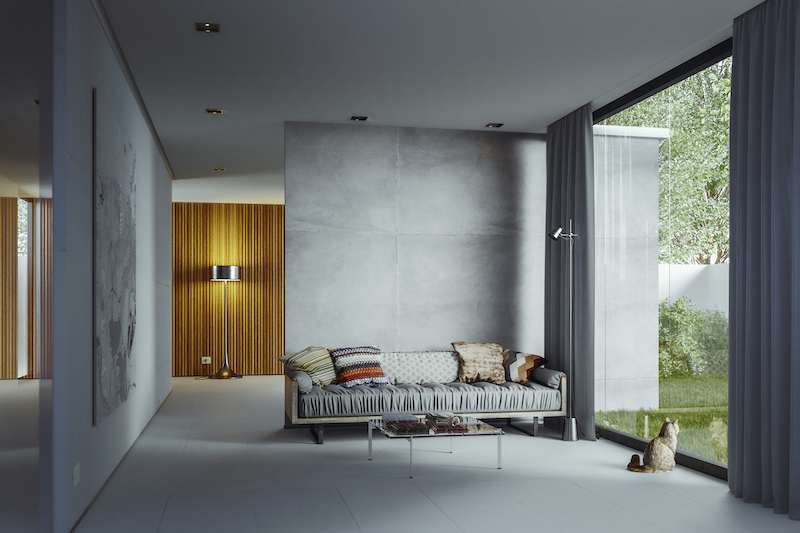

We may earn revenue from the products available on this page and participate in affiliate programs. Learn More ›
When most of us think about constructing interior walls, drywall usually comes to mind. It is cost effective and easy to source, which makes it one of the most common building materials used in homes today.
What is drywall, exactly? Drywall is made of gypsum, a soft sulfate mineral, that’s pressed between two paperboards. While the paper backing is combustible, gypsum is not, which is why drywall is considered to be somewhat fire-resistant. Sheetrock is a brand of drywall, and you may thus hear the terms used interchangeably.
Although there are plenty of advantages to using drywall, its installation takes experience and can be messy. Installing drywall requires taping, mudding, and sanding, the last of which can result in heaps of dust. Susceptible to holes, preschooler doodles, and more, walls finished in drywall can lose their luster fast in busy homes and may need to be patched and painted every so often.
Standard drywall is also less than ideal for wet areas, basements, and other spaces that have the potential to flood. It holds moisture, making it vulnerable to mold and mildew in damp conditions; moisture-resistant drywall are options available for bathrooms and other areas that are exposed to moisture and humidity.
Other than drywall, what are homeowners’ other options for interior walls? There are plenty, but not all can be used without extra support. Some drywall alternatives will require blocking, strapping, or sheeting will be needed as a backer with the wall studs to create sufficient rigidity. Usually sheet goods (and some thicker planks) that are more than ¼ inch thick are beefy enough to be fastened directly to studs.
Read on to learn about alternative wall covering ideas that are both sturdy and visually appealing.
1. Barnwood
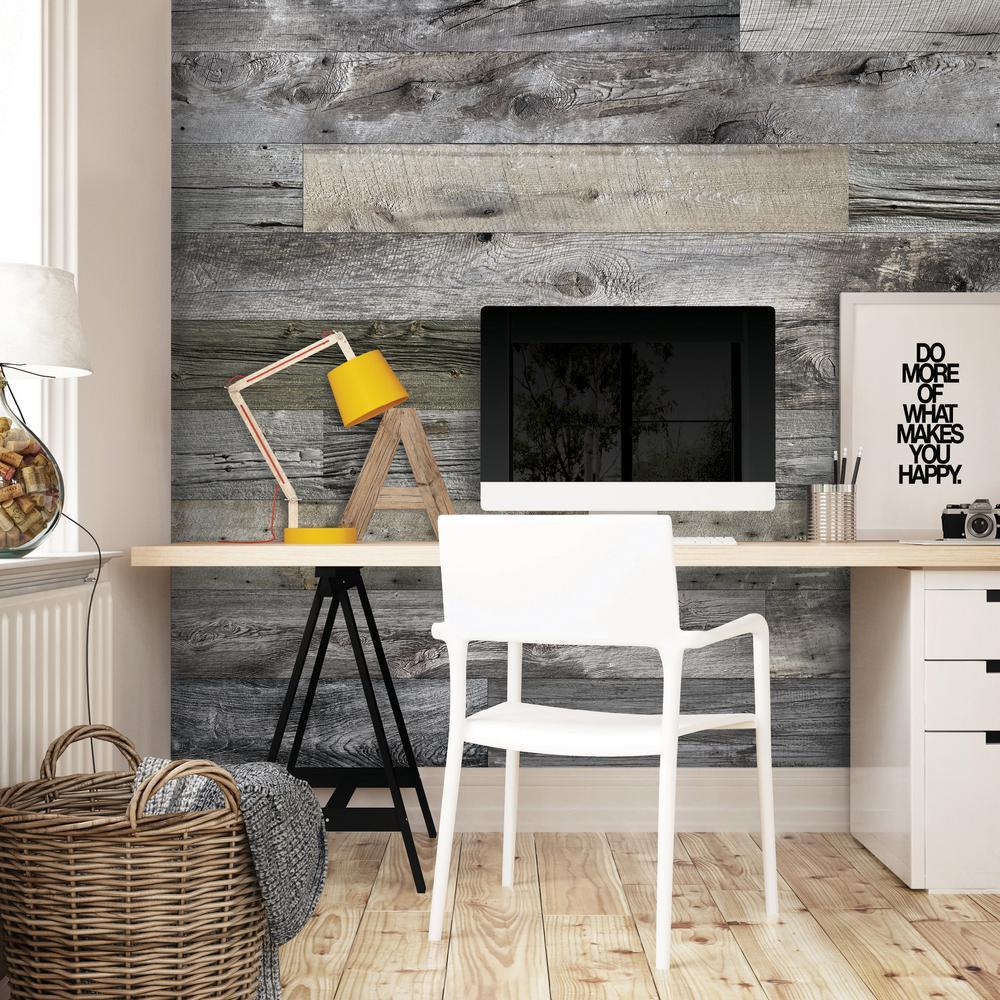
Barnwood is a great option for those looking to achieve a rustic or modern farmhouse aesthetic. Reclaimed wood offers the most authentic appearance, but it can be expensive and challenging to find. More commonly, panels are made from engineered wood designed to resemble aged planks like these Enkor engineered wood accent planks.
Engineered-wood barnwood is generally affordable, easy to install, and washable, and it’s manufactured in different styles and finishes. However, neither natural nor engineered wood is recommended for high-moisture areas.
RELATED: 15 Ways to Use Salvaged Wood in Your Home
2. Stone Veneer
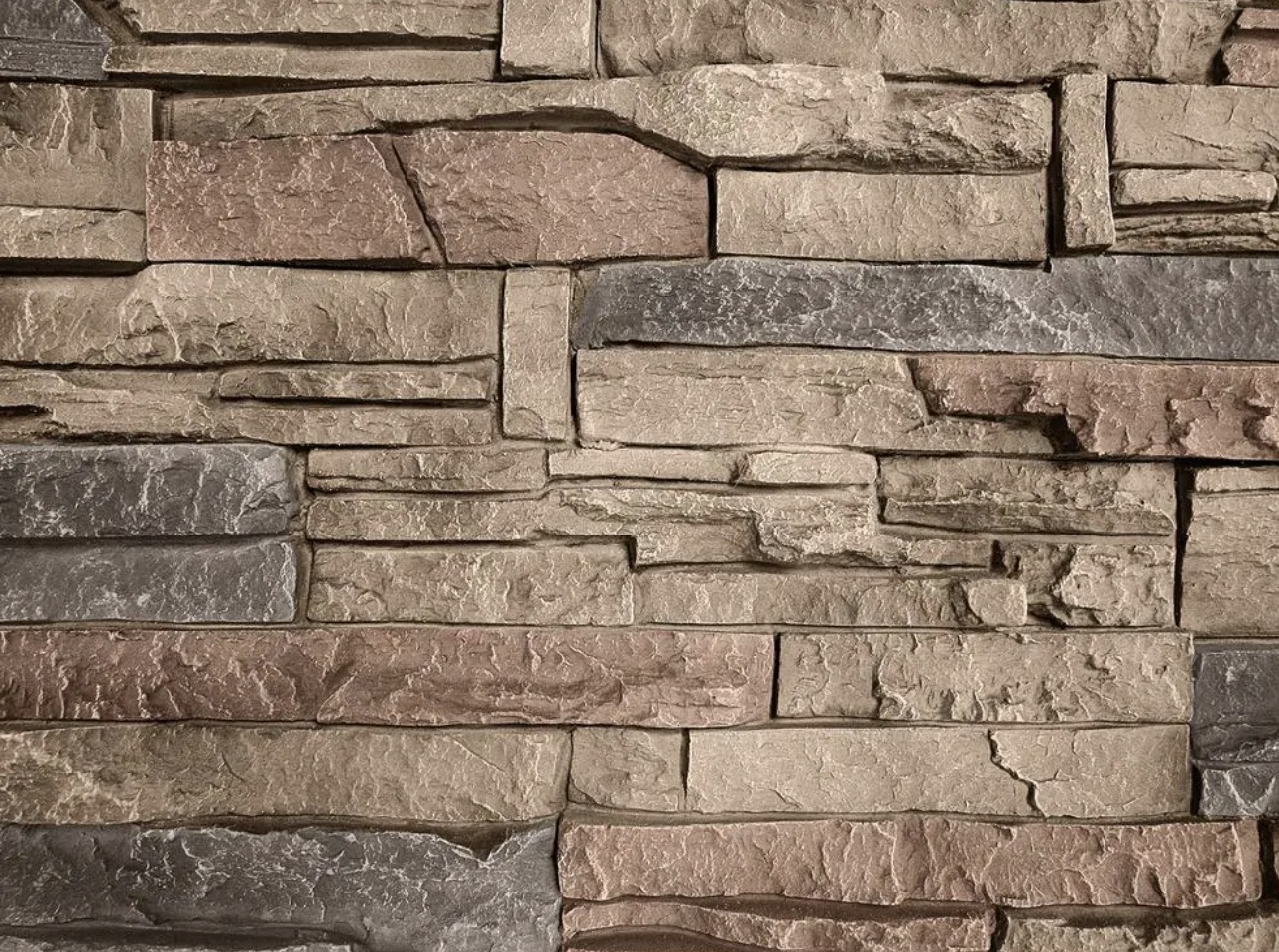
More cost-effective, lighter, and easier to handle than natural stone, manufactured stone veneer is a synthetic material, mainly foam, that is a cast replica of the real thing. It is less durable than stone but requires little maintenance, and it’s sold in various styles and colors. (GenStone’s Desert Sunrise red-beige stone veneer looks like it would be at home in the American Southwest.)
Stone veneer is ideal for areas of the home where you want a rustic look, such as fireplace surrrounds or kitchen backsplashes. Use a sealant with stone veneer in moist or humid rooms.
3. Faux Brick Panels
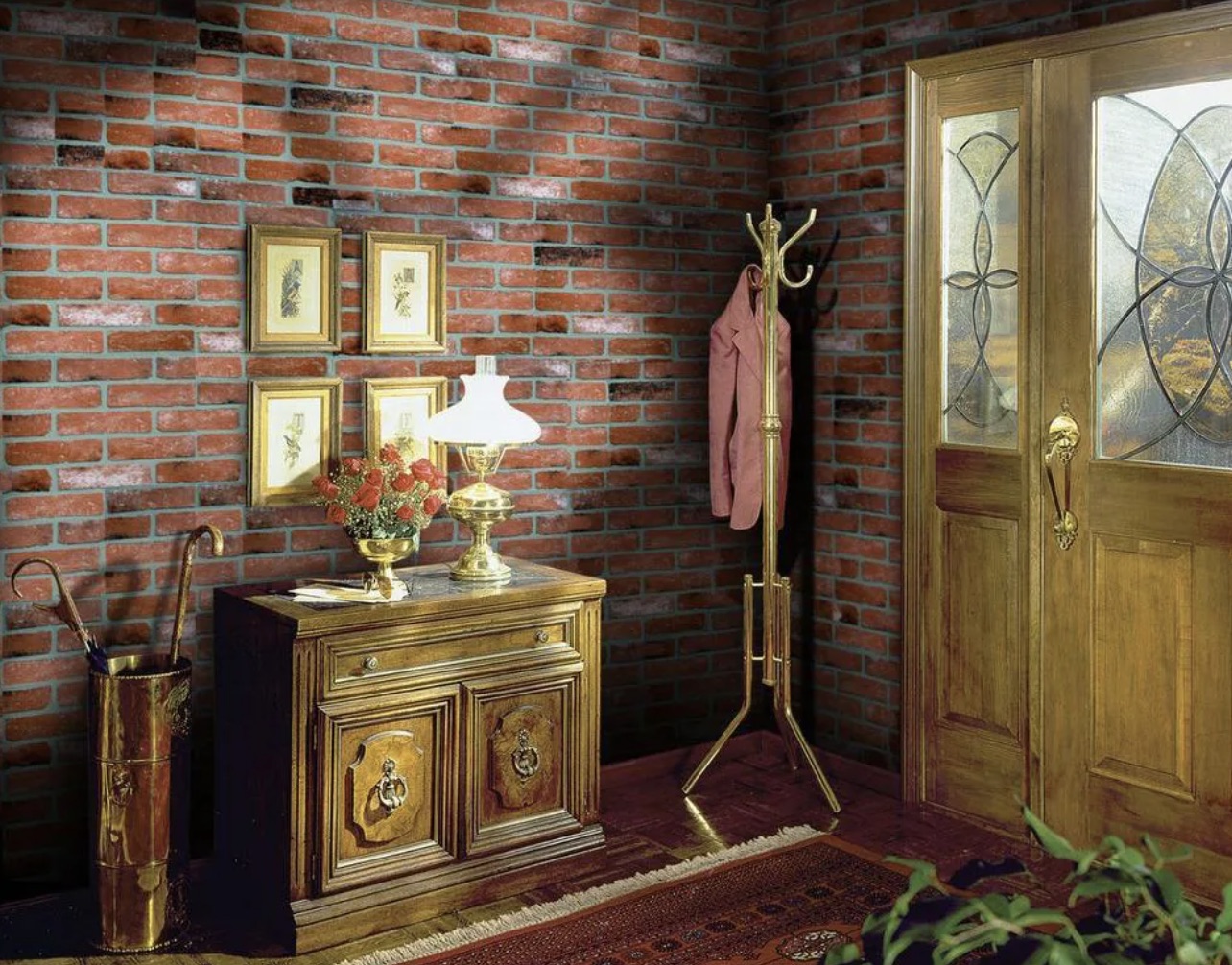
Well suited for rustic and industrial spaces, natural brick adds texture and visual interest to a space. But if you want the look without all the time-consuming masonry work, faux brick is a lightweight, easy-to-install alternative.
Panels are cost-effective and available in a variety of styles and colors; we like these classic red Kingston brick panels. Most faux brick is water-resistant, but only some are fire rated.
RELATED: 7 Types of Brick All DIYers Should Know
4. 3D Plastic Panels
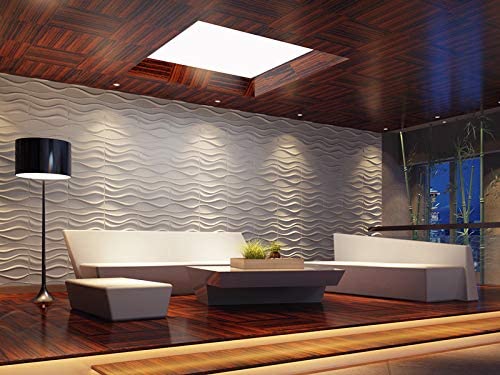
Made from PVC or recycled plant fiber like these wavy wall panels from Art3D Store, 3D wall panels are available in various designs and can be painted to match your interior. However, not just any kind of paint will adhere to PVC, so be sure to select paint that is made for this type of application.
Often used for accent walls, the material is durable, lightweight, inexpensive, and water-resistant. Because the panels are made of plastic or plant fiber, however, they are not heat-resistant and should not be used near a fireplace or near cooking appliances in the kitchen.
5. Rammed Earth Panels
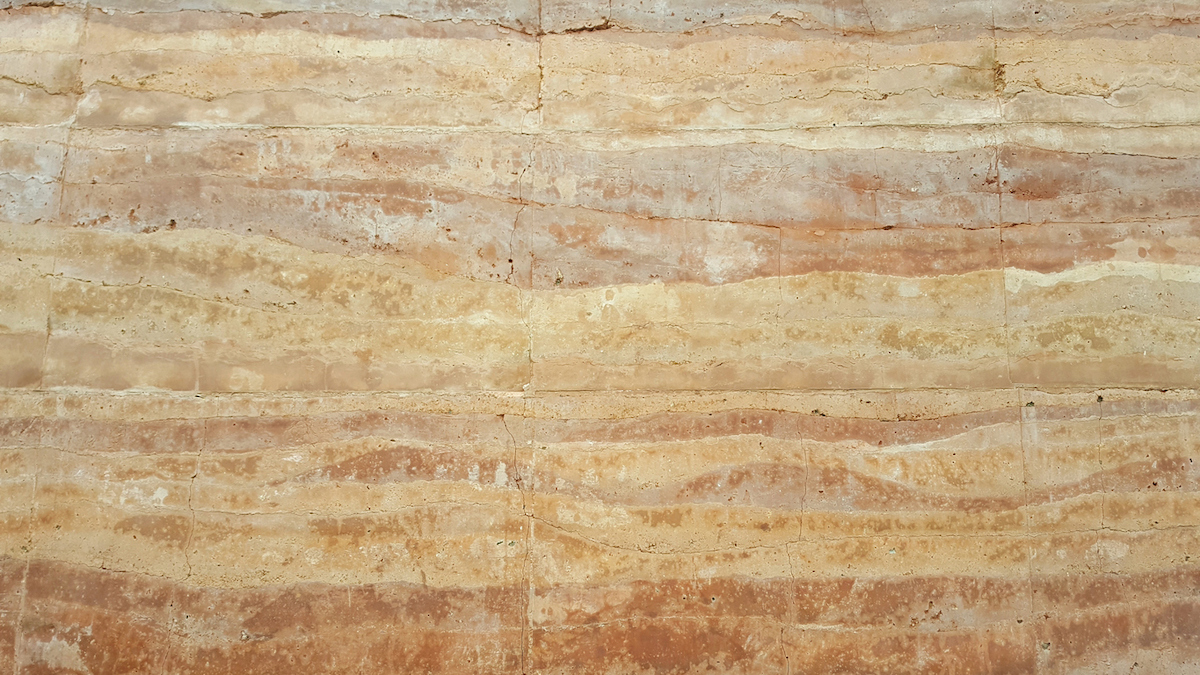
Rammed earth construction uses natural raw materials like compacted soil and gravel to make walls, floors, and foundations. This technique, which originated in ancient times, has been modernized through the use of precast panels.
These panels are naturally insulating and durable as well as attractive, especially to eco-friendly builders. That said, rammed earth panels can be difficult to find and expensive to install.
6. Shiplap
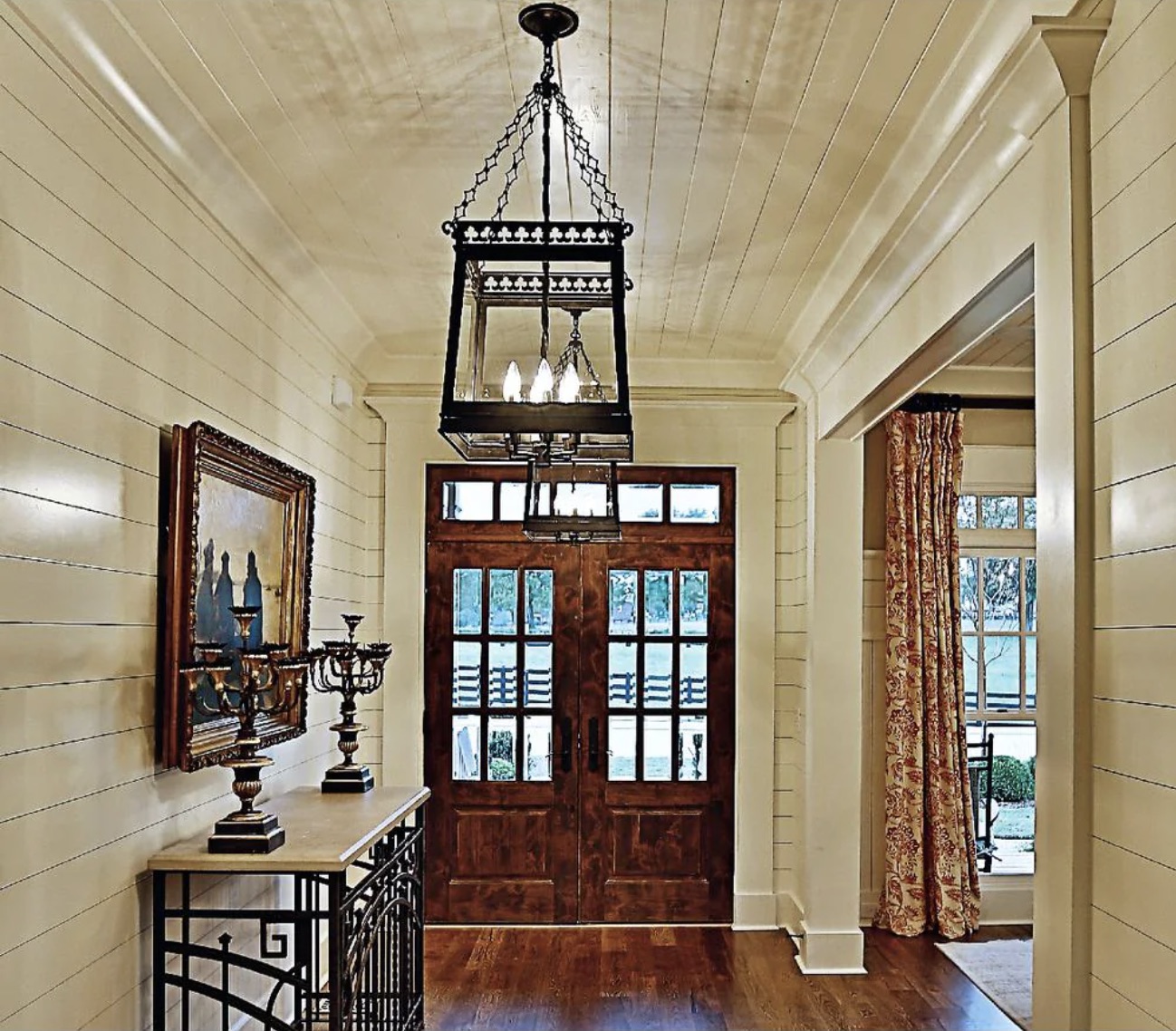
Made popular in recent years thanks to TV design shows, shiplap has found a place in homes across America. Traditional shiplap, like Pac Trim’s primed MDF shiplap has a rabbet joint, which is a simple groove cut into the wood that allows the pieces to fit tightly together.
However, today’s builders use a variety of forms of wood panels to create the look of shiplap. It is easy to install and effective at keeping rooms dry and warm, but shiplap can collect dust in the gaps and won’t work with every design aesthetic.
RELATED: Shiplap vs. Tongue and Groove: What’s the Difference?
7. Acoustic Panels
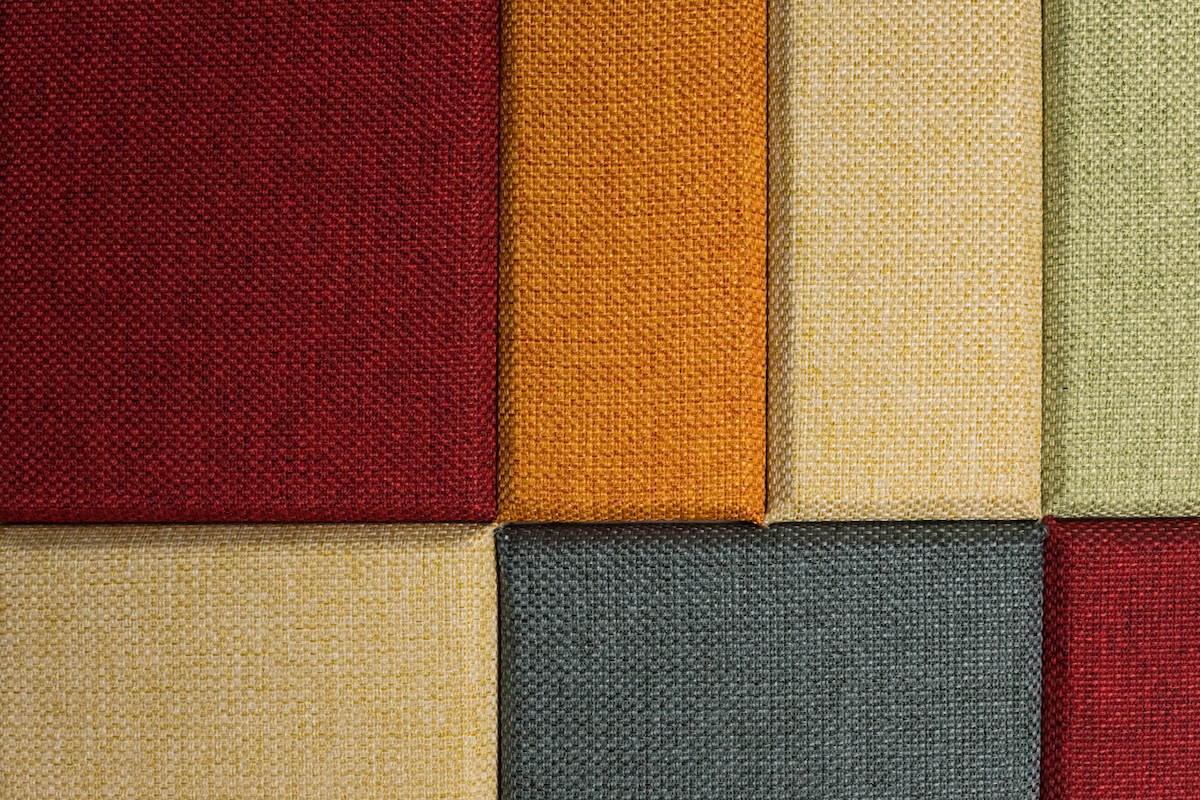
For builders looking to limit the noise entering or exiting a room, acoustic panels provide a solution that will absorb sound and reverberation. Commonly made with a foam or wool interior, they are generally framed in wood and then wrapped in canvas or fabric. Make sure to look for options that are fire rated for added safety.
8. Corrugated Metal
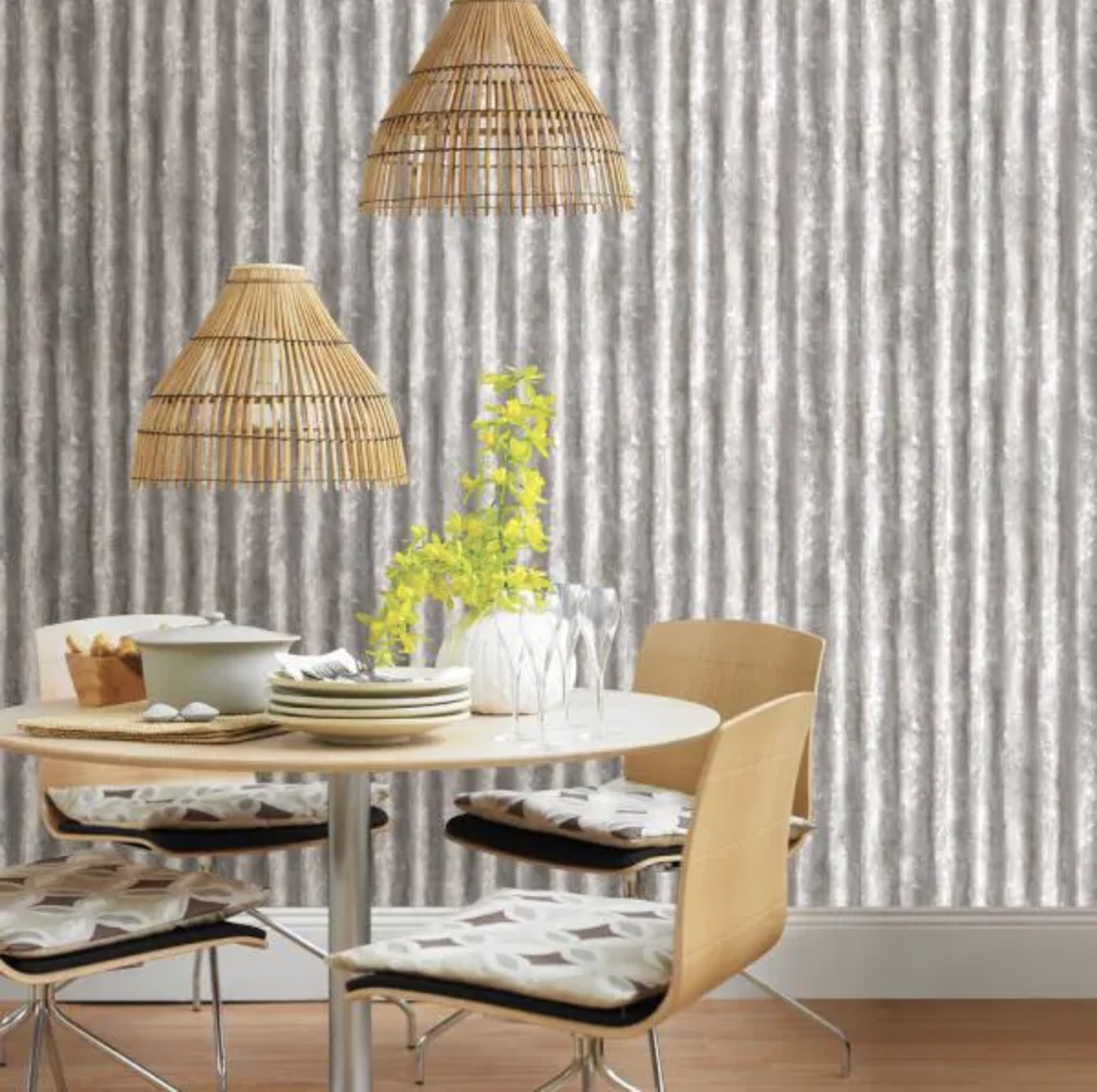
Traditionally used for roofing, corrugated metal offers an unconventional way to add an industrial look to an interior feature wall or ceiling surface. Available in both sheets and panels, this material is most commonly made of steel but can be made of other metals, such as aluminum and copper, both new and reclaimed.
The panels are available in various finishes and wave styles, and can be installed vertically or horizontally to create two different looks.
9. Plywood
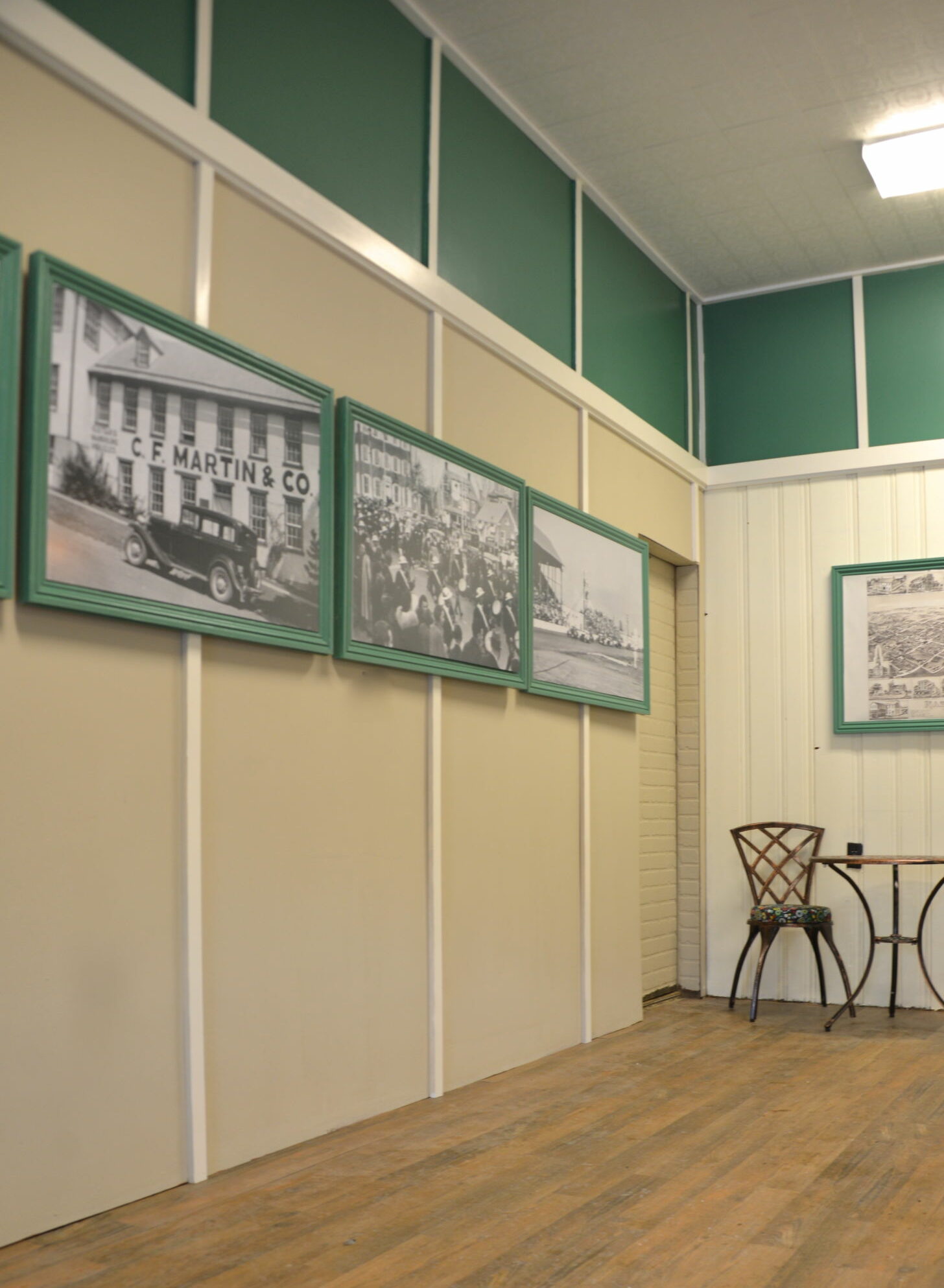
If you’re looking to install wall panels quickly, plywood is inexpensive, easy to install, and durable. The wood grain will warm up a space and can be stained or painted to coordinate with any decor. Plywood can be installed in sheets or planks, the latter resembling the look of shiplap or traditional wood paneling. It can be sealed for moisture resistance, but plywood’s big drawback is that it won’t be as fire-resistant as drywall.
RELATED: What’s the Difference? MDF vs. Plywood
10. Exposed Brick
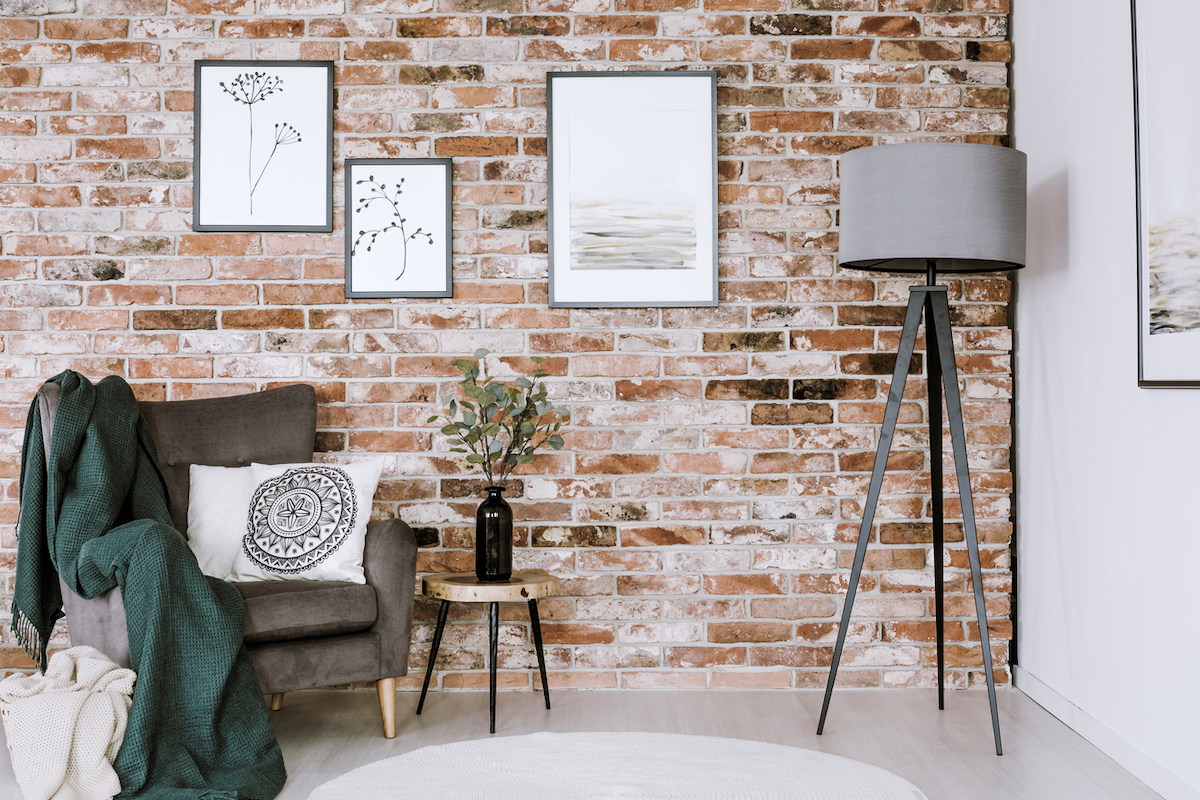
When found lurking behind an existing wall, exposed brick can be a pleasant surprise, but it’s rarely used as a structural element anymore. Nowadays, it’s more likely that a builder will attach brick veneer, like the Z-BRICK veneer, to a structural wall in a process similar to installing tile with grout. Brick is naturally fire-resistant but will need a sealant to protect it from moisture and mold.
11. Cement Board
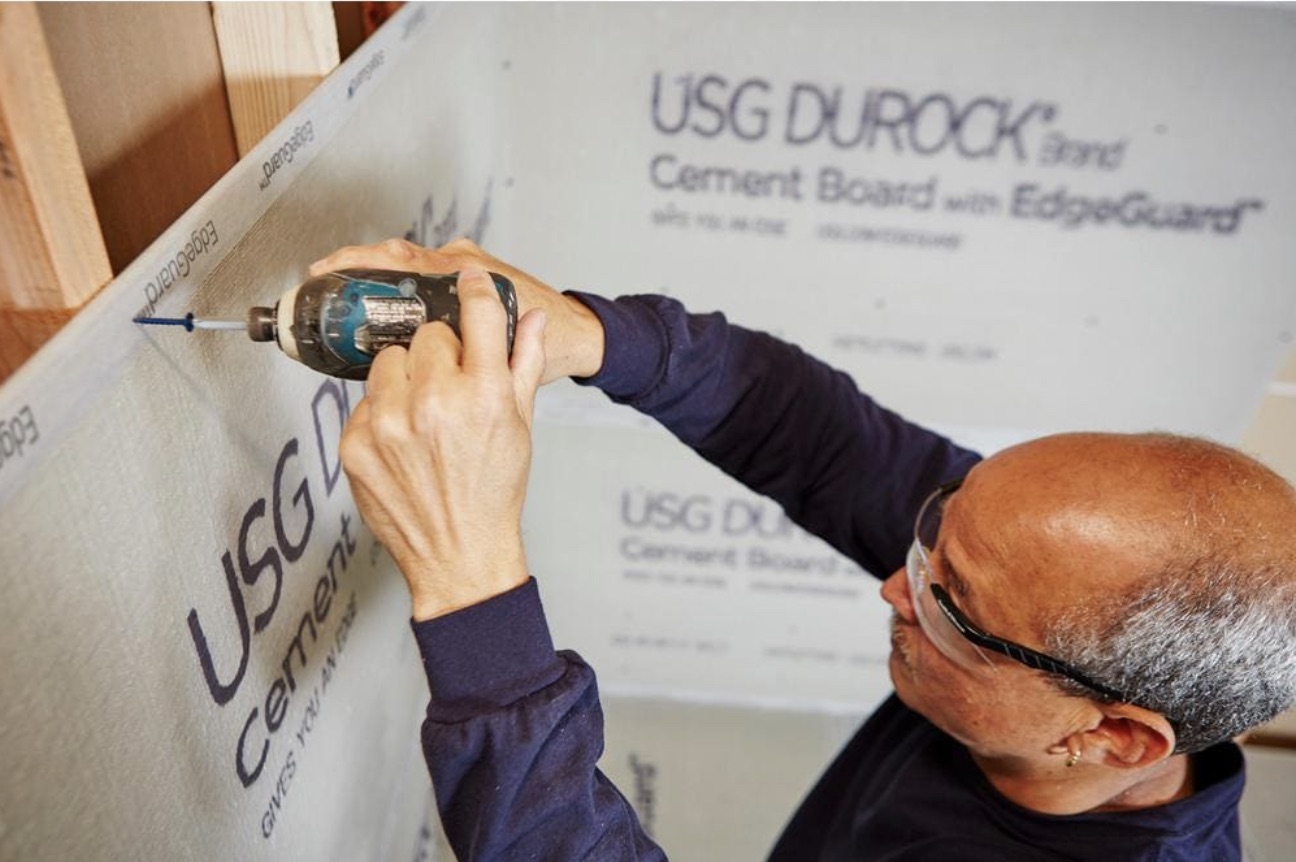
Cement board will stand up to mold, mildew, and rot where water or moisture is an issue. It is straightforward to install, and because it is dried in the factory, there’s a lot less mess than when working with drywall.
Cement board can, however, be bulky and heavy, so installing it is usually a two-person job. The material is usually used as a subsurface for tiling, but it can also be used raw for a minimalist, industrial look.
12. Veneer Plaster
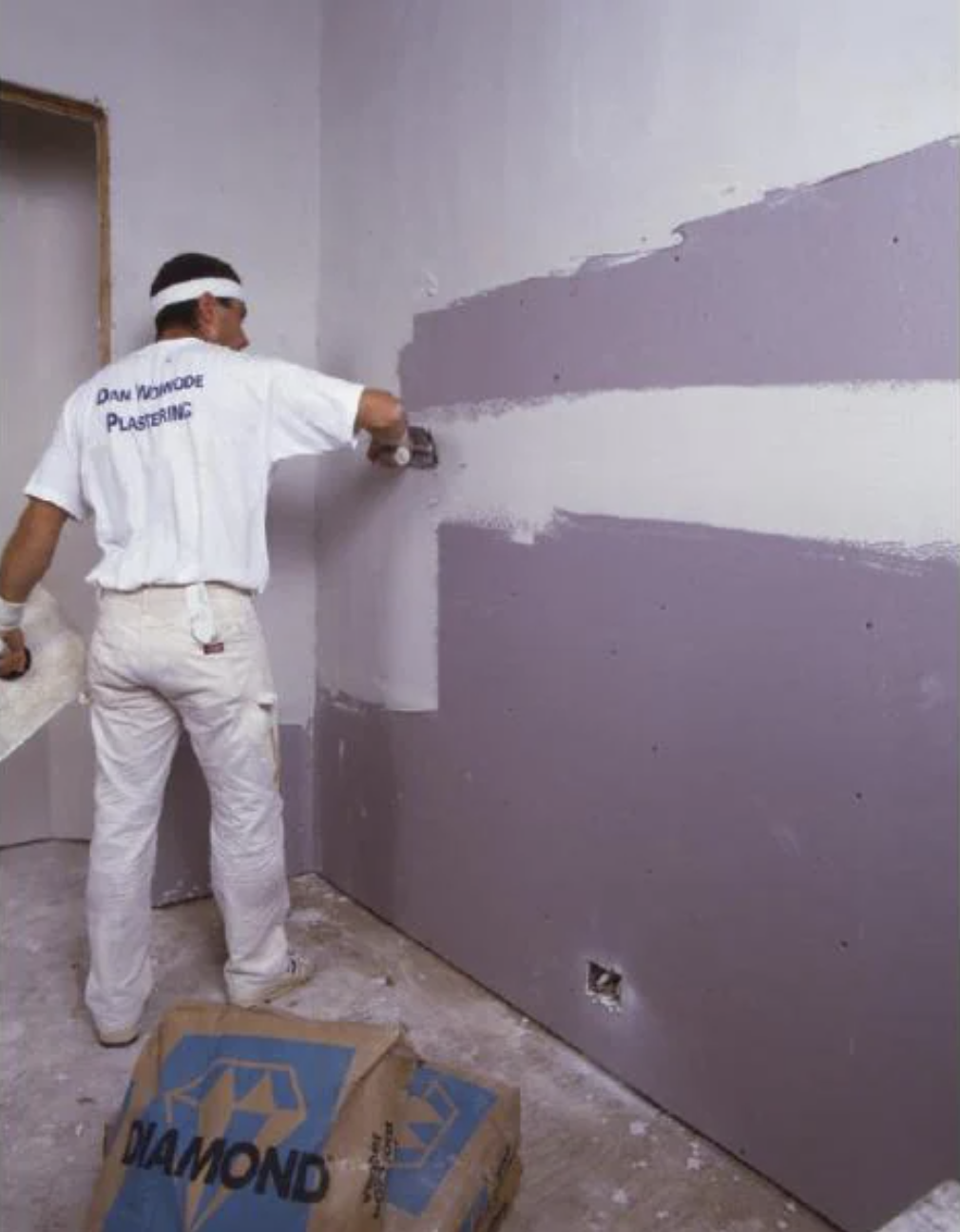
Veneer plaster is made up of a layer of plaster over a substrate, most commonly gypsum board, making it similar to drywall. Because it is mold-resistant and much harder than just drywall, however, it’s more resilient against damage.
While drywall has joints, a plaster surface is continuous, so it looks smoother and serves as a better base for paint. Veneer plaster’s downsides are that it requires more time for installation, costs more, and can be difficult to repair.
13. Wood Siding
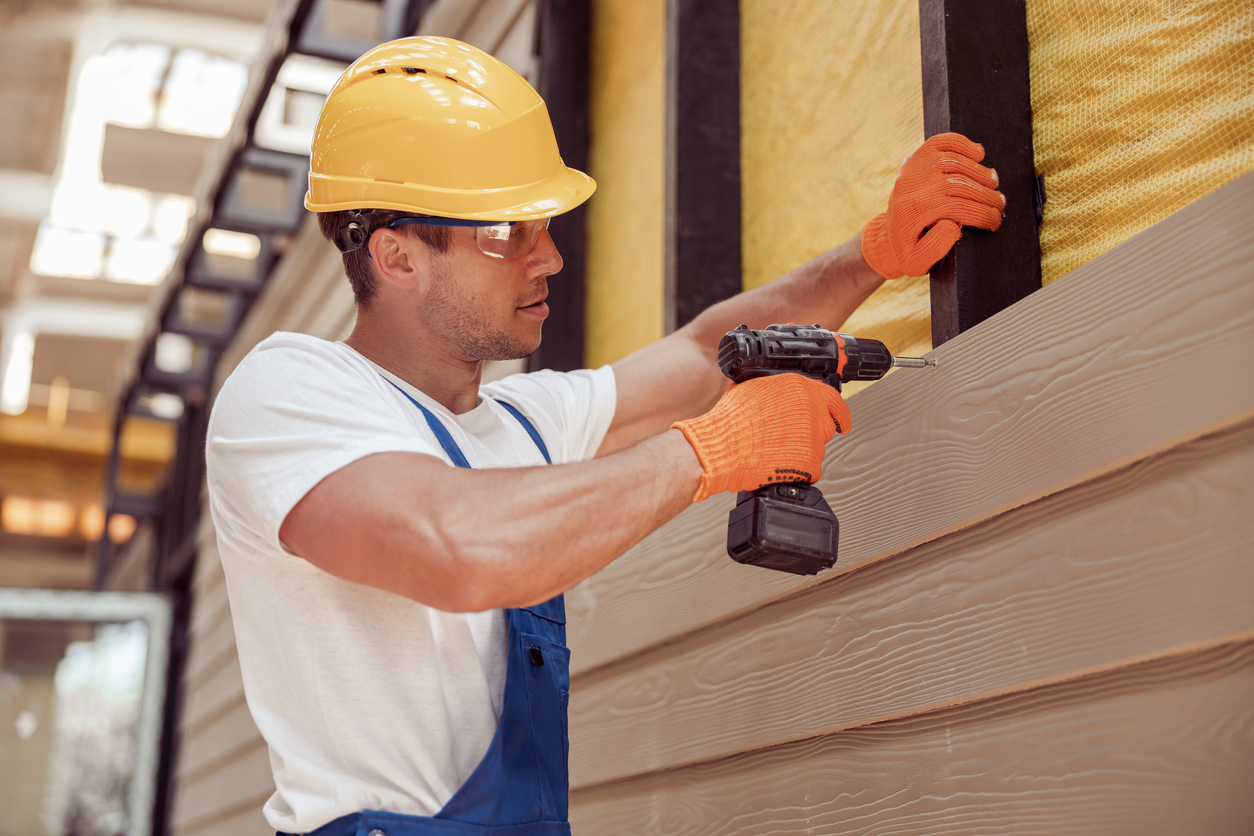
If you’re looking for alternative interior wall ideas, exterior siding is an inexpensive, easy-to-install option. Wood siding, for instance, can offer the rustic look of paneling, and would suit a charming accent wall very well.
Vinyl siding, however, is combustible and chemical-laden, so avoid using it in your main living space.
14. Cork
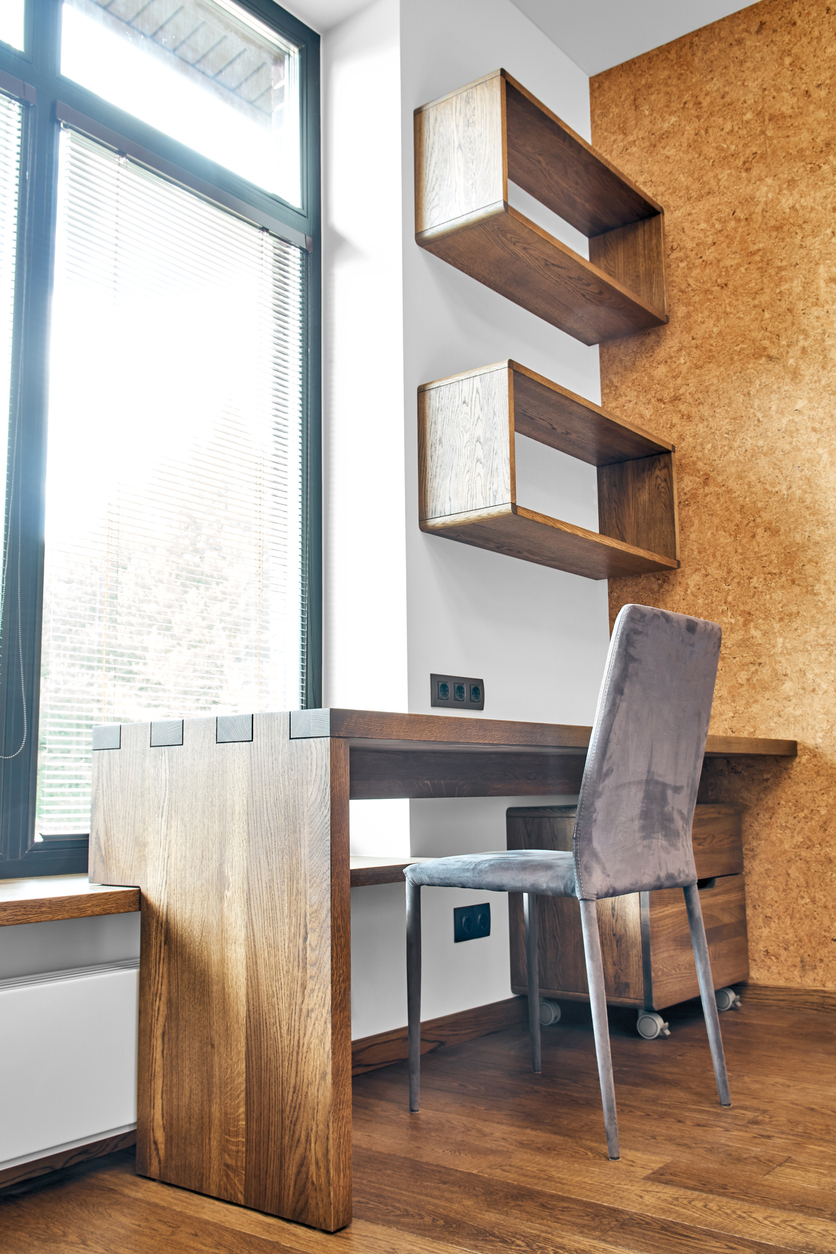
Corkboard isn’t durable enough for all the walls in your home, but it can serve as a fun accent in a home office or a child’s room. The eco-friendly material can provide thermal and acoustic insulation, and it’s a great surface for hanging lightweight artwork and pictures.
For wall applications, cork will most likely have a plywood, or plywood alternative, backing. It can be installed over drywall, too. Cork is naturally fire- and moisture-resistant, and it’s available in various designs, thicknesses, and colors to suit any preference. Buy cork underlayment in packs of tiles or in rolls (like QEP’s natural cork underlayment roll).
RELATED: 9 Ways to Use Cork Around the House
15. Exposed Concrete
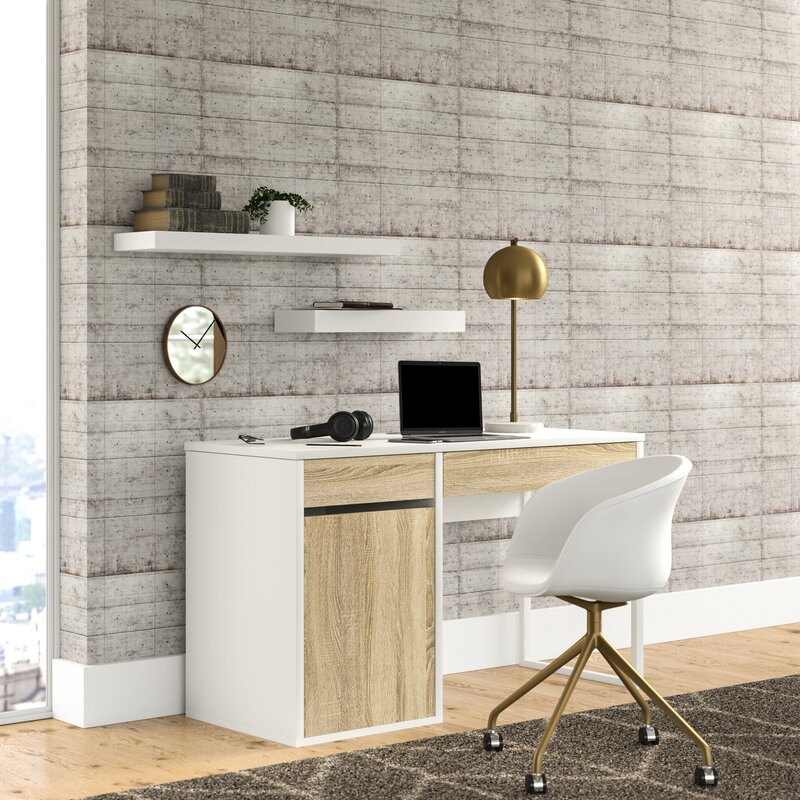
Exposed concrete will lend your space a modern, minimalist design while offering a durable and fire-resistant surface. Note, however, that concrete can be porous once dried, so using a concrete sealer will help protect your walls from moisture and mold. Concrete is available in a range of colors and finishes, with smooth finishes being most appropriate for interior walls.
16. Board and Batten
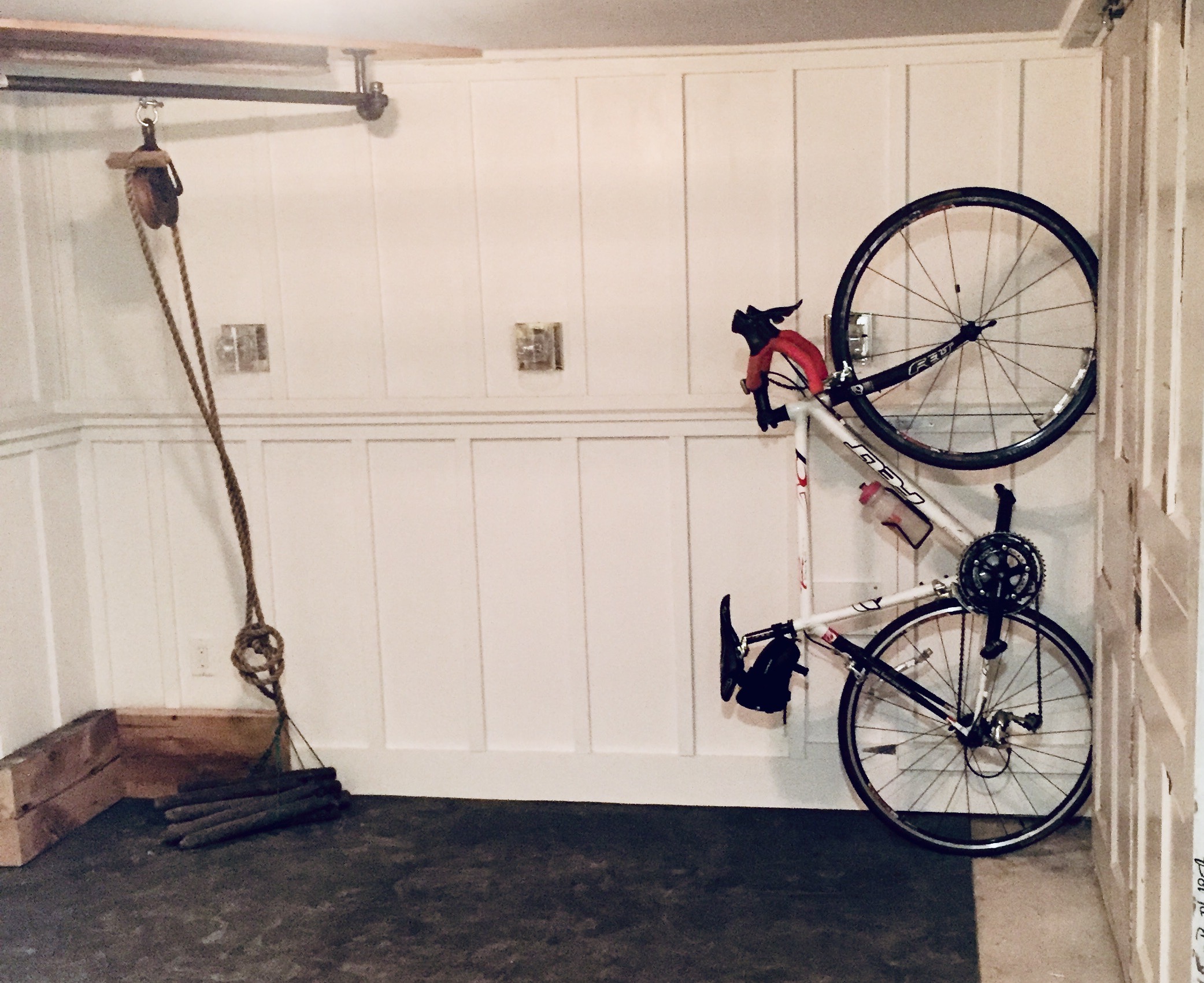
If you are into a farmhouse look, board and batten is an alternative to drywall that might be just right for your home. Originally made with rough sawn lumber and installed on the exterior of barns, today’s board and batten is often factory-primed and ready to install on an interior wall.
The 1-inch x 12-inch finger joint material is installed vertically with 1-inch x 2-inch battens covering the gaps between the 1x12s. Just keep in mind that baseboard trim and crown molding (flat stock like a 1×6 is fine for this style) is needed to cover any gaps between the board and batten and the ceiling or floor.
17. Beadboard
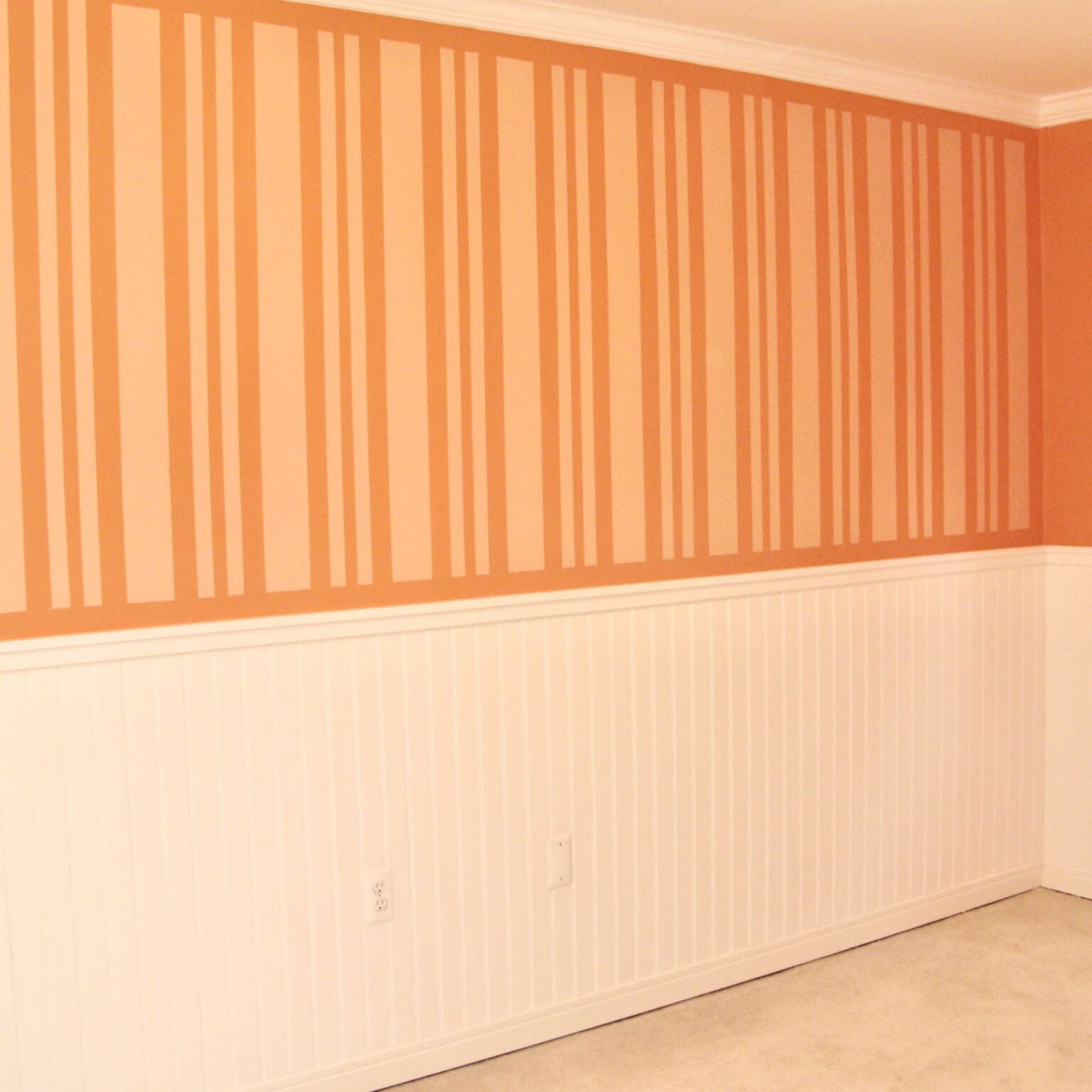
While shiplap underwent a giant leap in popularity with the rise of the modern farmhouse aesthetic, beadboard is another charming wall covering that doesn’t always require drywall or strapping. When shopping for beadboard, check its thickness. If it’s ¼-inch thick or thicker like this Ply-Bead board, it will be rigid enough to attach directly to wood studs.
18. Sustainable Panels
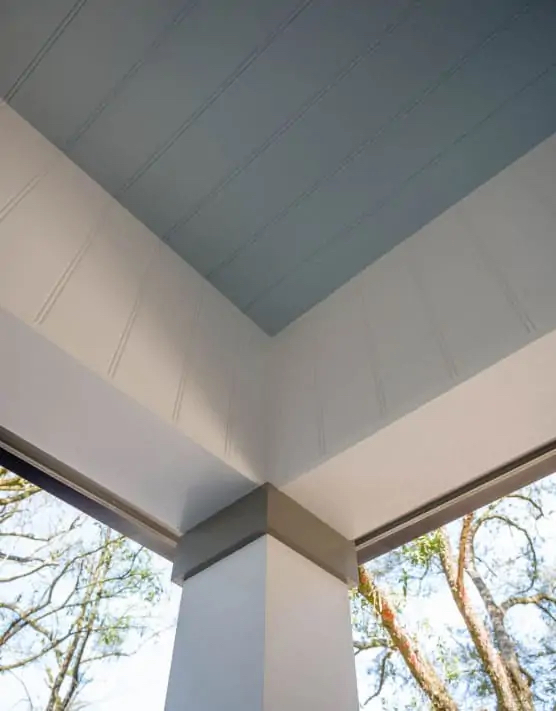
With the look of real wood, Acre by Modern Mill is a sustainable exterior/interior material made from rice hulls that is tree-free and resists rot, pests, and water. Just as easy to work with as wood, it can be fashioned into panels, board-and-batten, siding, shiplap, and more.
Because it’s a water-resistant material, Acre can be used in a shower. It’s so versatile that it has been used as decking and to make furniture, too.
19. Wall Liner
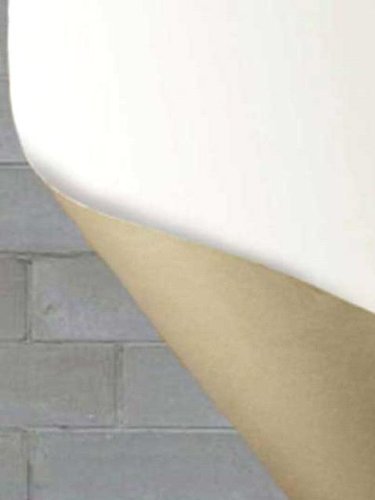
A thicker and sturdy version of wallpaper, wall liner can be attached over concrete block, damaged drywall, or paneling. Some wall liner products like this one from Patton Wallcoverings come pre-pasted and ready to apply to walls. One roll can cover up to 56 square feet.
